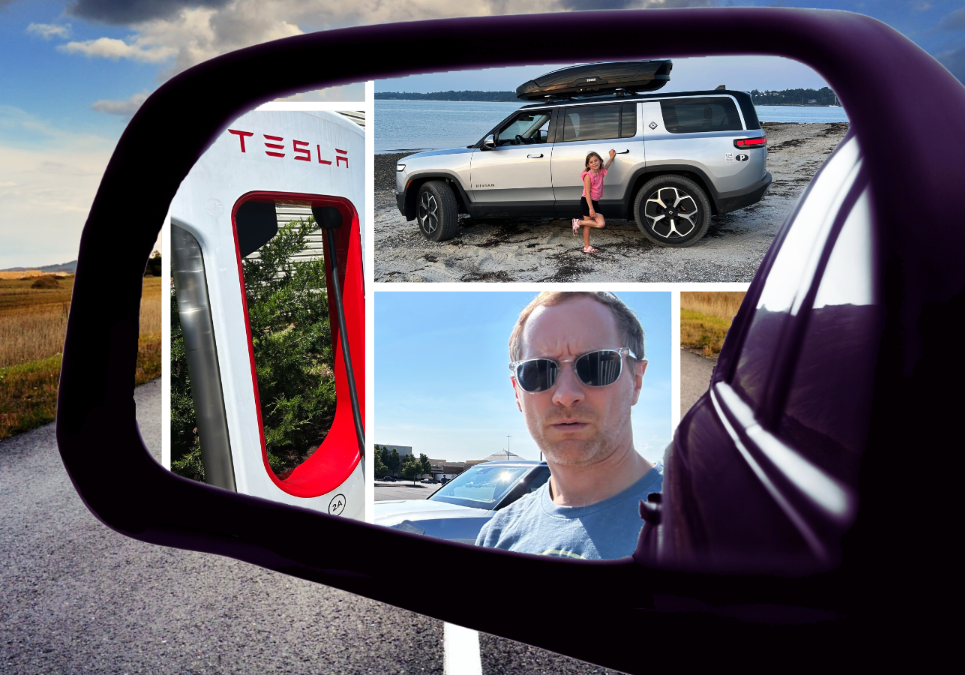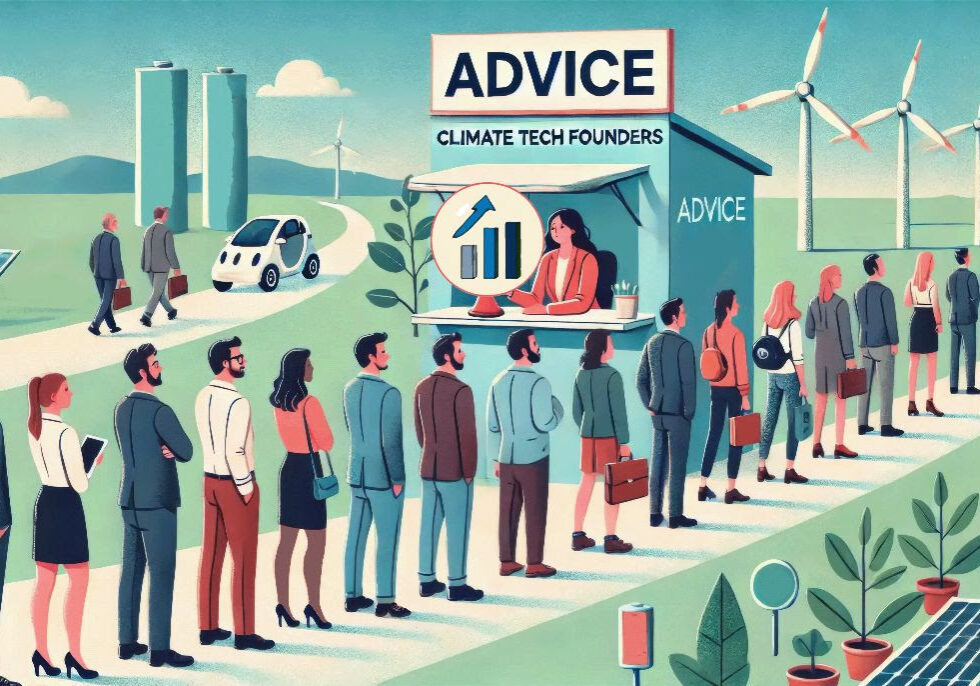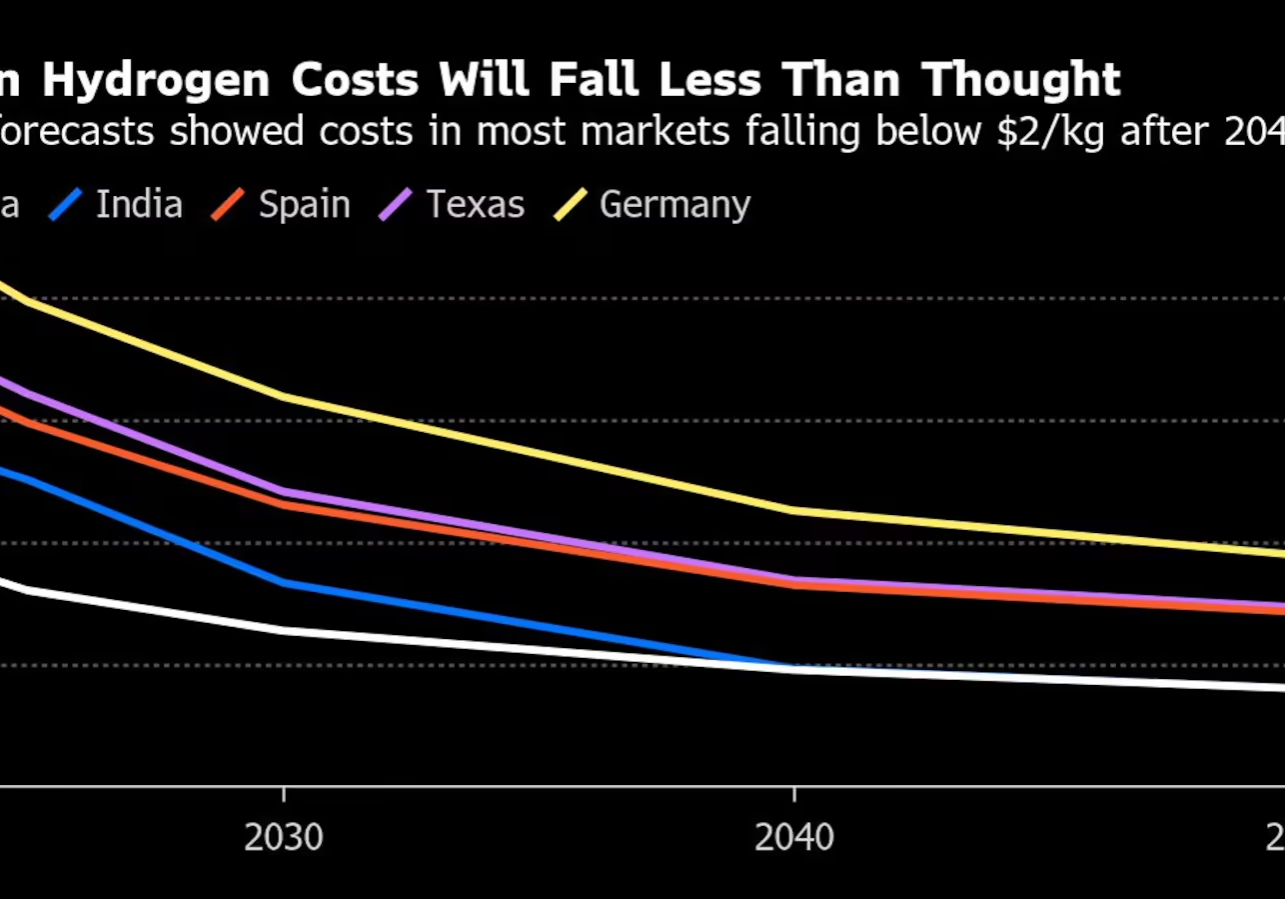Insights
Learn more about
The Gist
The Gist is the monthly newsletter of The Ad Hoc Group that covers everything at the intersection of climate tech and policy. Subscribe at the link here to have The Gist mailed to your inbox each month.

The Ad Hoc Gist: 531 Electric Miles to Maine
Our first Gist came out four years ago this month and was about the potential slowdown in EV sales due to Covid. In 2020, U.S. drivers purchased 330,000 EVs. They purchased just as many in Q2 of this year alone. We still have a ways to go, but it’s progress.
In late July, I took a road trip with my family in our new silver Rivian RS1 from Virginia to Maine to test out the Tesla Supercharger network, newly opened to Rivian drivers. In this month’s Gist, I share the tale and what it means for the EV market.

The Ad Hoc Gist: Is Winter Coming for Climate Tech?
Without some meaningful financial exits soon, I’m worried we’re heading for a climate tech winter. The planet can’t afford that.
I wrote a three-part series for Latitude Media with my friend Michael Sachse on the current climate tech landscape and what investors and startup founders should do about it. Part one is about the impending climate tech liquidity crisis, and part two is about what the industry can learn from biotech.
The final installment, out today, is our advice for climate tech founders. We’ve distilled it for this month’s Gist below. But we encourage you to read the full series here.
Blog
Follow our blog for updates from The Ad Hoc Group.
People as Moat – Ad Hoc Expands into Search
In climate tech, we talk a lot about, well, technology. But talk with most CEOs and they’ll share that the hardest part of their job is figuring out how to hire and retain the right people. In my experience, a company’s ability to hire and effectively onboard the right people is what differentiates successful businesses from those that falter. Because, as a CEO, you can have a great vision, but if you don’t have the right people, you can’t execute it.
Press

Where the Smart Climate Tech Venture Money Is Going in 2025
This year is shaping up to be a dramatic one for climate tech investors.
Donald Trump’s return to the White House is set to shift the US landscape, with the possible rollback of key provisions in the Inflation Reduction Act, Energy Department loans drying up and weaker regulations. Beyond the US, the prospect of more trade wars is scrambling the economy in ways that will determine which climate tech sectors to bet on.
Meanwhile, headwinds for hydrogen are throwing doubt on its viability, and artificial intelligence is now fully on investors’ radars.

The Regulator’s Dilemma, Part 3
Virtual power plants (VPPs) are poised to revolutionize the power sector by orchestrating distributed energy resources (DERs) — like smart thermostats, household appliances, solar panels, batteries, and electric vehicles — into real-time networks of dispatchable capacity. The opportunity is especially significant for advanced VPPs, which aggregate multiple device types, are fully automated and optimized by price signals, provide multiple reliable grid services, are compensated on a pay-for-performance basis, and serve as a true supply-side resource.
Advanced VPPs can offer grid operators significant value by reducing stress on generation, transmission and distribution infrastructure at lower cost than conventional solutions like large-scale batteries, peaker plants, or additional poles and wires.

C&I customer needs are rapidly changing. How can utilities maximize their relationship?
In the blink of an eye, large commercial and industrial customers present big challenges and opportunities.
Commercial and industrial customers have historically been boring to utilities. As long as power was reliable and reasonably priced, utilities hardly ever heard from these customers. They were so boring that, according to a 2023 J.D. Power study, only 15% of C&I customers even had a utility account rep assigned to them. The feeling has been mutual. A representative from a major C&I customer with a large trucking fleet recently said “why would I want to talk to a utility? My job is to move boxes from warehouses to stores.”
Podcast
Hear more from our leadership on My Climate Journey and Technopolis.


